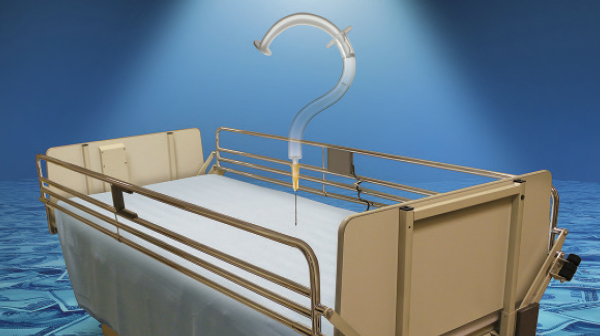
Beyond the prehospital setting, there is substantial practice-based evidence supporting community opioid education and naloxone distribution (OEND) programs. Utilizing a similar approach as layperson CPR and automated external defibrillator training, more than 50 OEND programs in the United States provide training to community members in opioid overdose prevention, recognition, and response, combined with community-distributed naloxone.12 OEND programs have been shown to decrease opioid overdose mortality in Massachusetts, New York City, Chicago, and North Carolina and have proven that laypeople, including intravenous drug users, can reliably administer naloxone.13–18 Some EDs have started providing take-home naloxone rescue kits to patients identified as at risk for opioid overdose.19,20
Explore This Issue
ACEP Now: Vol 34 – No 04 – April 2015The risk of liability for incurred naloxone side effects pales in comparison to the risk of the loss of a life when naloxone is unavailable. Twenty-eight states and the District of Columbia have passed laws expanding naloxone access, and 20 states have passed Good Samaritan legislation, protecting individuals who administer naloxone or call 911 for an opioid overdose. Future iterations of Good Samaritan legislation provide opportunities to address concerns about liability related to first-responder naloxone administration.
The Clinton Foundation negotiated a lower price for Evzio, the naloxone auto-injector, which is currently cost-prohibitive for most municipalities and organizations at $600 per kit. It remains to be seen what the new “low” price will be.
Cost and Sustainability
Costs associated with naloxone training are generally modest, as it is easily incorporated into EMS training curricula. Training for laypeople and nonmedical first responders lasts 10 to 60 minutes, depending on local reporting protocols and education credit requirements.21 Fluctuating medication cost is a problem hospital administrators regularly address through negotiation. Rising costs are becoming more challenging not only for naloxone but also doxycycline, topical steroids, and other essential medications.22–24 Despite current cost concerns, cost-modeling research has demonstrated that OENDs are, by all health care rubrics, extremely cost-effective.25
New formulations of naloxone are being developed and manufactured, which should increase supply and competition, thereby driving down cost.26,27 The Clinton Foundation negotiated a lower price for Evzio, the naloxone auto-injector, which is currently cost-prohibitive for most municipalities and organizations at $600 per kit.28 It remains to be seen what the new “low” price will be.
Stigma and Understanding of Opioid Overdose Epidemiology
Finally, and most important, we caution against demonizing populations vulnerable to opioid overdose. Public health experts have recognized that opioid overdose is not only an urban phenomenon limited to illicit opioid use among young men. Opioid overdose is seen increasingly among women, older patients in nonurban environments, and patients using prescription opioids for chronic medical conditions.29–32 Patients with severe liver disease, metastatic solid tumors, renal failure, bipolar disorder, depression, chronic obstructive pulmonary disease, posttraumatic stress disorder, and sleep apnea are also more likely to experience opioid-related overdose.33,34 Describing overdose patients as “inherently violent” implies population assumptions and insinuates that these patients may be “undeserving” of overdose reversal. For people struggling with the chronic disease of addiction, only by surviving an overdose will they have the opportunity to seek treatment and recovery.
Pages: 1 2 3 4 | Single Page




2 Responses to “Opinion: Prehospital Naloxone Administration Is Safe”
April 22, 2015
Kerry BroderickThis is a wonderful piece. Full of helpful references for us ‘Naloxone Nerds’.
We have a ‘Naloxone for Life’ program at Denver Health and it is an integrated program and includes; internal medicine, pharmacy, emergency medicine and behavioral health.
Thanks for your information and encouragement
Kerryann Broderick, BSN, MD
May 12, 2015
E. J. Read, Jr., MD, FACEPAccording to the Package Insert, the naloxone contained in EVZIO was specifically developed for community environments (that have greater variation in temperatures) to sustain bioavailability.